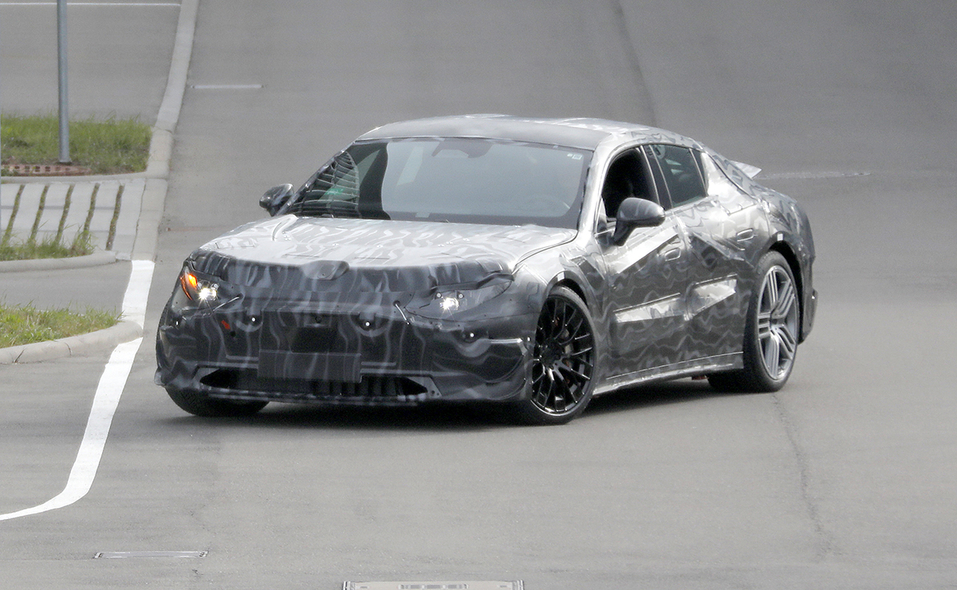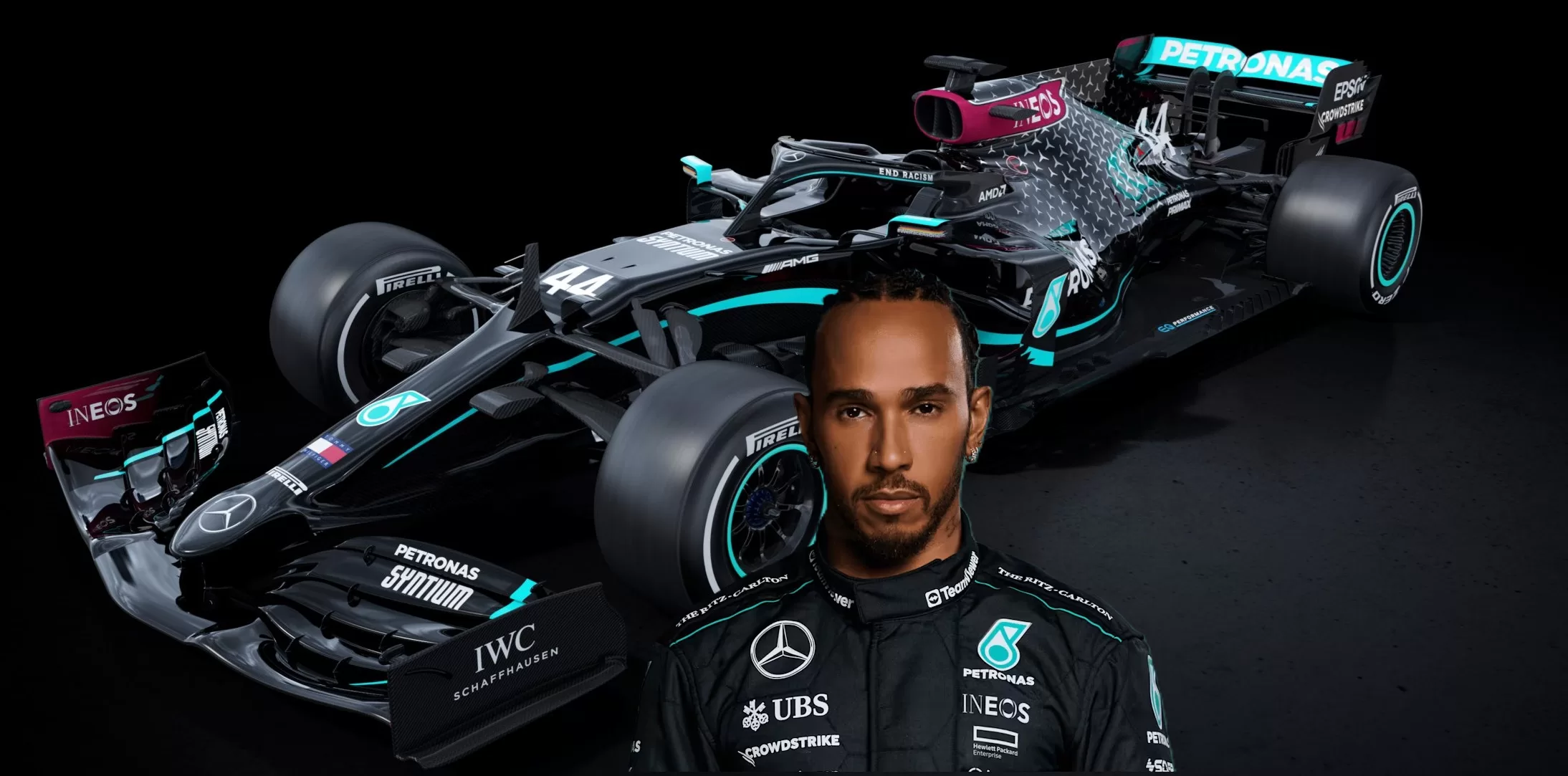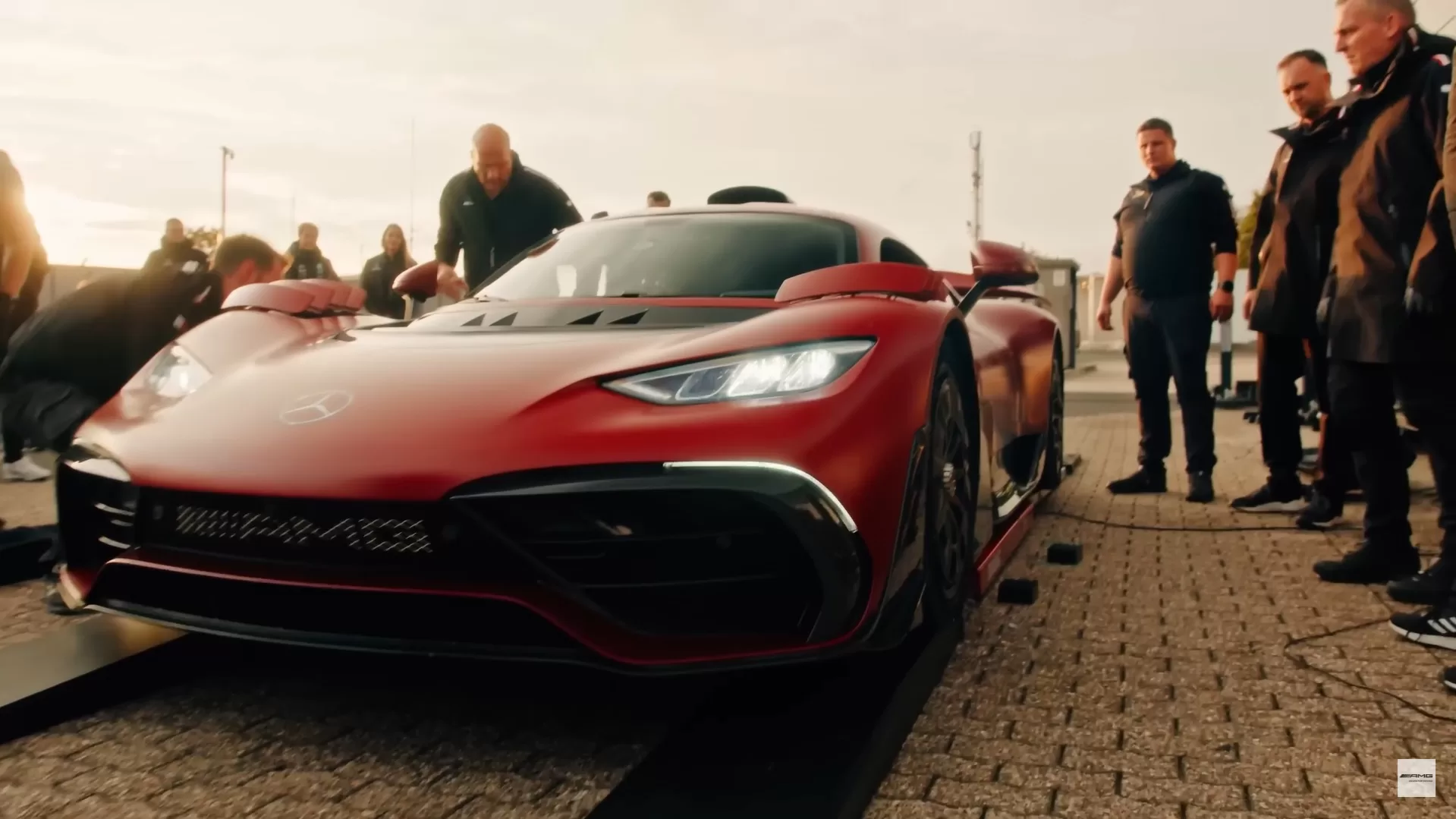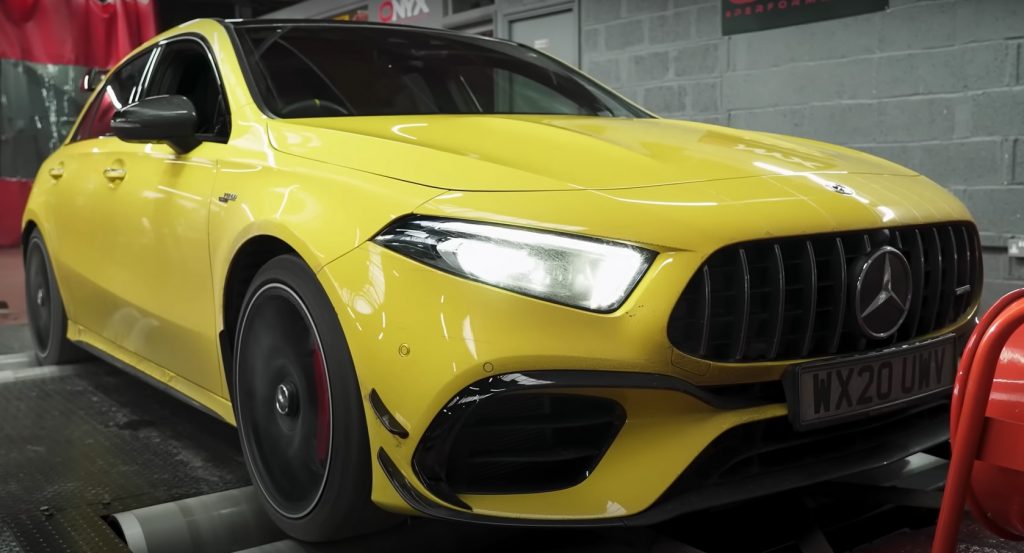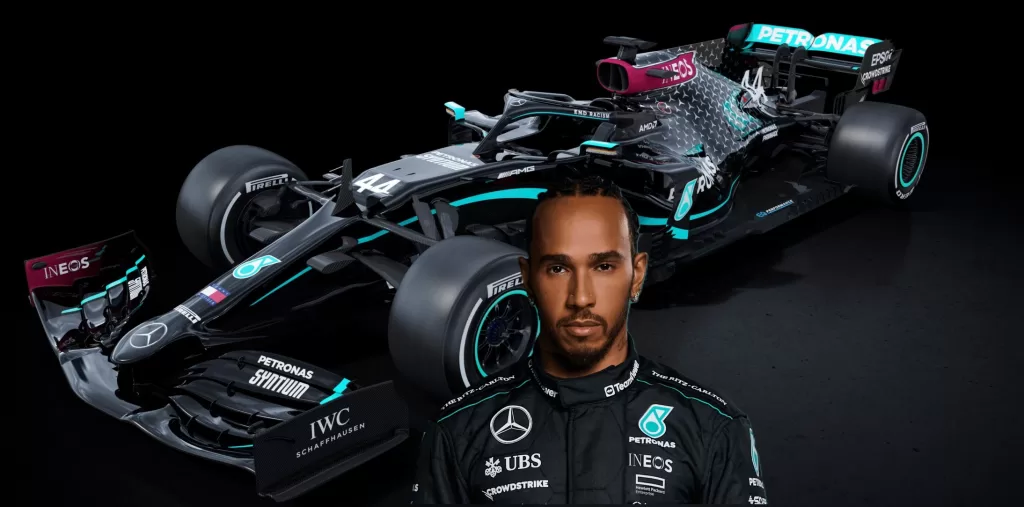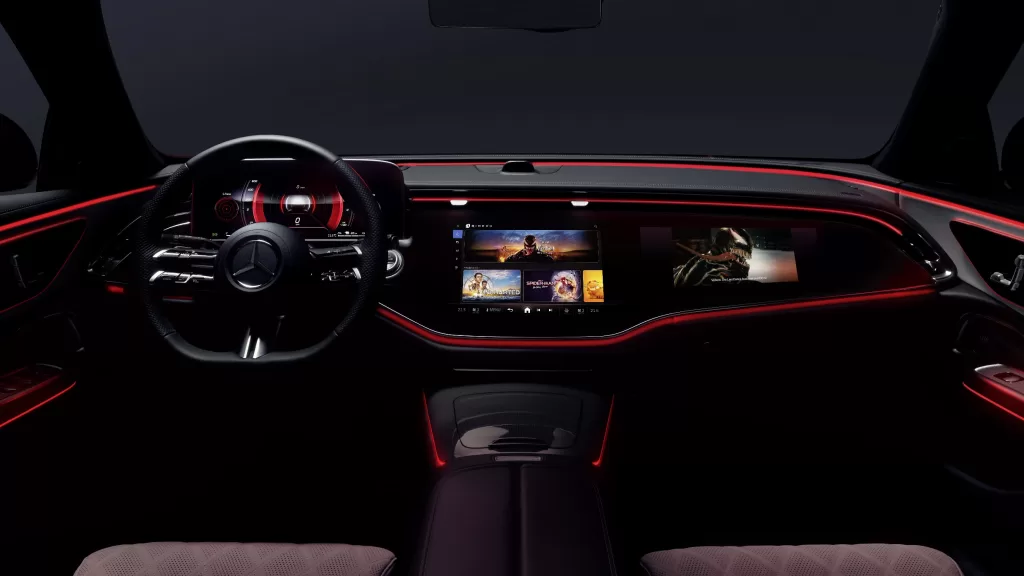Mercedes-AMG Petronas F1 is gearing up to introduce a new floor design for the United States Grand Prix in Austin. This move comes at a critical juncture in the rankings, with the Silver Arrows locked in a tight battle with Ferrari for second place in the constructors’ championship.
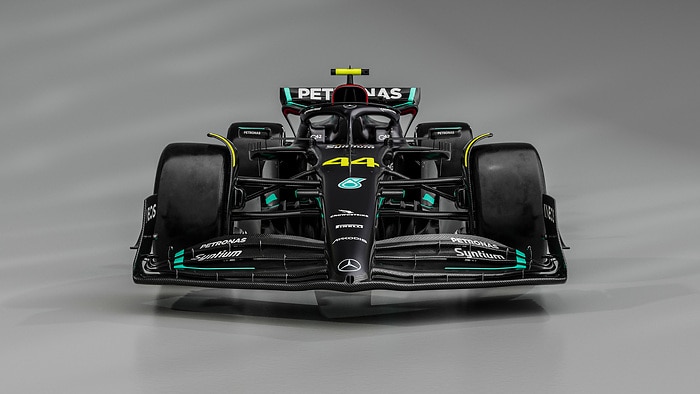
The team’s Technical Director, James Allison, shared insights on this exciting development for the W14 during an episode of the F1 Nation podcast.
Enhancing Performance Without Revolution
Allison made it clear that the new floor design of Mercedes F1 cars isn’t a revolutionary change, but rather a subtle improvement aimed at enhancing the car’s performance. He expects it to provide a modest boost of approximately a tenth of a second. The objective behind this upgrade is twofold: first, to enhance downforce in strategic areas of the car, and second, to minimize the unwanted “bounciness” that tends to afflict high-downforce vehicles.
Mercedes is acutely aware of the competitive landscape, especially the resurgence of McLaren, who have achieved back-to-back double podium finishes in Japan and Qatar. In terms of pace, Allison believes that they were closely matched with McLaren in Qatar and were only marginally ahead due to McLaren’s track limits controversy. However, the situation might have been different under ordinary circumstances. At certain track types, McLaren holds an advantage, but Mercedes might have some tricks up their sleeve for slower circuits.
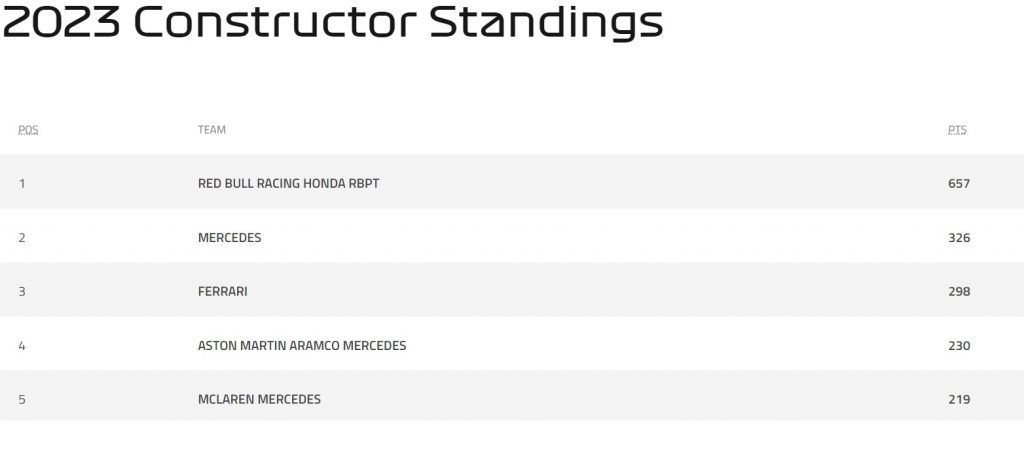
Chasing McLaren and the Bigger Picture
The battle with McLaren is just one facet of Mercedes’ 2023 season strategy. The team faces a more significant challenge in the form of Red Bull’s dominance. Despite being confident about the direction they need to pursue, Mercedes must sprint down that path if they hope to overtake Red Bull’s impressive lead.
Mercedes notably introduced the zero sidepod design concept at the beginning of the new ground effect technical regulations in 2022. However, they encountered performance issues and had to alter the W14’s design earlier in Monaco. This change demonstrated the team’s willingness to adapt and refine their approach. It’s evident that they’ve learned valuable lessons from their struggles.
Confidence in the Future
Allison expressed optimism about their prospects for the next season. They believe they’ve identified and addressed the issues that have been hindering their performance. While knowing the right direction is crucial, the real challenge lies in executing their plans rapidly enough to challenge Red Bull. This phase of the season presents a thrilling challenge, testing whether they can not just tread the path but sprint along it for the next several months.
In essence, Mercedes is making strategic moves to stay competitive in the current season while also laying the groundwork for a stronger future. The upcoming floor design change isn’t a radical transformation, but it signifies their commitment to continuous improvement. With fierce competition from teams like Ferrari and McLaren, every small enhancement can make a significant difference.
Final Thoughts
Mercedes’ new floor design represents a well-considered step toward remaining competitive in the ever-evolving world of Formula 1. The team recognizes the nuances of their performance, striving to maximize downforce in key areas while minimizing undesirable car behavior. While their battle with McLaren and Ferrari rages on, their ultimate goal is to chase down the formidable Red Bull Racing team.
As Formula 1 fans eagerly await the United States Grand Prix, the introduction of the upgraded floor design adds another layer of excitement to the competition. Mercedes aims to prove that even incremental changes can have a major impact in a sport where mere milliseconds can determine victory or defeat.





